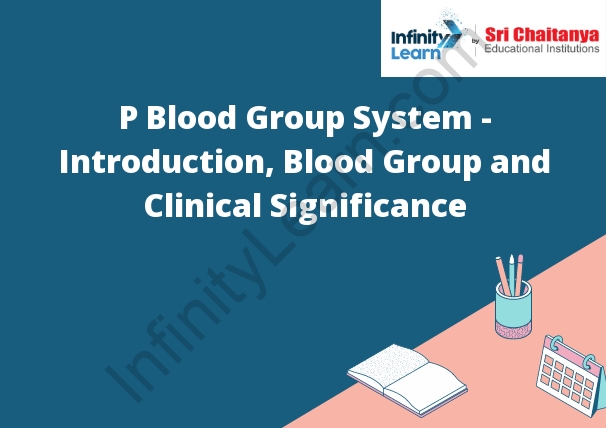Table of Contents
Introduction:
The P blood group system is a system of blood typing that is used to determine a person’s blood type. The P blood group system is based on the presence or absence of the P antigen on the red blood cells. The P antigen is a glycoprotein that is found on the surface of red blood cells. The P antigen is also found on the surface of some other cells, including white blood cells and cells in the pancreas. There are two types of blood that can be classified using the P blood group system: P positive blood and P negative blood.
People who have the P antigen on their red blood cells are classified as P positive blood. People who do not have the P antigen on their red blood cells are classified as P negative blood. P positive blood is Rh positive blood. P negative blood is Rh negative blood.
The P blood group system is used to determine a person’s blood type in a number of different situations. For example, the P blood group system can be used to determine a person’s blood type before they have a blood transfusion. The P blood group system can also be used to determine a person’s blood type during pregnancy.

Blood
is a tissue composed of cells and plasma. The cells are red blood cells, white blood cells, and platelets. The plasma is the liquid portion of blood and contains proteins, nutrients, and waste products.
The primary function of blood is to deliver oxygen and nutrients to tissues and remove carbon dioxide and waste products. Blood also helps to regulate body temperature and pH levels.
Blood Group
The blood group is determined by the presence or absence of certain antigens on the surface of red blood cells. The most important blood group antigens are the ABO group antigens. There are four blood groups, A, B, AB, and O, based on the presence or absence of the A and B antigens. The presence of the A antigen is designated as blood group A, the presence of the B antigen is designated as blood group B, the presence of both antigens is designated as blood group AB, and the absence of both antigens is designated as blood group O.
P Blood Group System
The P blood group system is a blood group system that consists of two antigens, P and Pk. These antigens are present on the red blood cells of individuals who have the P blood group. The P blood group is a rare blood group, and it is most common in individuals of African descent.
Globoside Blood Group System
The globoside blood group system is a rare blood group system. It is made up of two antigens, Globoside A and Globoside B. These antigens are found on the red blood cells. People with the globoside blood group system have either the Globoside A antigen or the Globoside B antigen on their red blood cells. They do not have both antigens.
ABO Grouping
ABO grouping is a blood typing system that categorizes blood into one of four groups based on the presence or absence of certain antigens on the surface of red blood cells. The four groups are A, B, AB, and O. Each group is further subdivided into positive and negative subgroups. For example, group A is subdivided into A+ and A-, group B is subdivided into B+ and B-, and so on.
The antigens that determine ABO blood type are the A and B antigens. The A antigen is present on the surface of red blood cells in people with group A blood, the B antigen is present in people with group B blood, and the absence of both antigens is present in people with group O blood. People with group AB blood have both the A and B antigens on the surface of their red blood cells.
Rh Grouping
In blood typing, there are four blood groups: A, B, AB, and O. Each blood group is further divided into two subgroups, A1 and A2, B1 and B2, AB1 and AB2, and O1 and O2.
The Rh factor is a protein found on the surface of red blood cells. If a person has the Rh factor, their blood is Rh positive. If a person does not have the Rh factor, their blood is Rh negative.
People with the Rh factor are grouped into two categories: Rh positive and Rh negative.
Clinical Significance of P Blood Group System
The P blood group system is important because it is associated with a number of blood-related diseases. For example, people with the P blood group are more likely to develop a condition called Paroxysmal Nocturnal Hemoglobinuria (PNH), which is a disorder that affects the blood’s ability to clot.









